Tibet Holiday – A Different Road to Lhasa
categories: asia travel
After eight journeys to China, last year my wife and I made the decision to visit the Chinese autonomous region of Tibet.
Altitude
This is a trip I have wanted to take for many years, but my wife was reluctant, mostly due to her worries about dealing with the potential effects of altitude sickness. At elevations of 12,000 feet (3,650 m) and above, Tibet can be a challenge for those who spend most of their life at sea level. My past experiences with trips to areas of high elevation have convinced me that no person can ever quite predict the effects of altitude sickness. After much discussion, consultation, and research, we finally decided to tackle the challenge of Tibet.
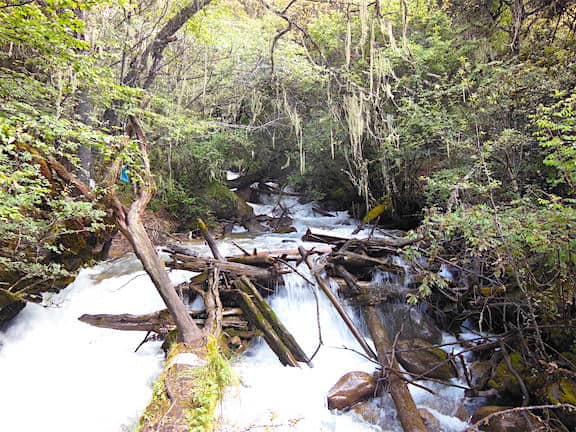
A Different Route to Tibet
For our journey, we decided to seek a different route to Tibet. Traditionally tourists enter Tibet through Lhasa by flying directly there or taking the train from Chengdu. Both of these routes generally involve transitioning into the high altitude in one day. Our decision was to fly from Chengdu to Linzhi Airport (also known as Nyingchi Mainling Airport) in the lower eastern section of Tibet. We speculated that it would be best to begin at a lower altitude of around 9000 feet (2740 m) and then spend the next two days making our way to the higher elevations of Lhasa.
Another goal of our trip was to seek opportunities to experience the natural beauty of the region, rather than focusing on the monasteries of Tibet. Many tourists who visit Tibet often find that much of their journey is made up of visits to monasteries, temples, and other spiritual sites in and around Lhasa. We enjoy these sites, but my past experience in China has proved similar to what I experienced in Europe. In the past, I have found that by the time I got to my 3rd or 4th cathedral, they all began to look similar. I believe the guidebooks call this cathedral fatigue. I seem to experience the same phenomena with monasteries in China.
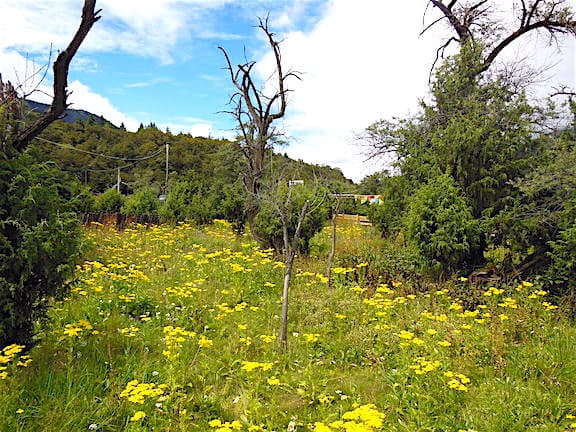
Permits
Our expedition was tricky to plan because very few Western tourists travel to Tibet through the eastern region. Entrance to Tibet is heavily restricted for all non-Chinese tourists. A permit is needed from the Chinese government, and all tourists must be on a planned itinerary with a guide licensed by the Chinese Tourist Board. Typically this permit is only issued a few days before entrance into Tibet and is always picked up in China. We opted to pick up our permit in Chengdu where our journey to Tibet would begin. There were other planning considerations for our journey. Almost all the drivers and guides are based in Lhasa. It can be difficult and expensive to get a driver and guide to travel from Lhasa to lower Tibet. We were fortunate that our agent was able to locate two excellent, experienced professionals.
- Get a Car Rental
- Get a universal plug adapter
- Search for Great Tours HERE
- Get an eSim to be able to use your smartphone abroad.
- Book Your Accommodation HERE
- Buy Travel Insurance
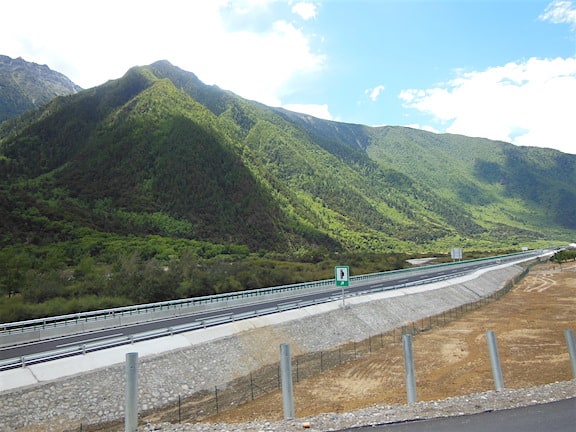
Chengdu
After securing our permit, and spending a delightful day in Chengdu, we took the only early morning flight to Linzhi Airport. It was rainy when we arrived, but future weather predictions called for sunny and dry weather. We noticed some effects of the altitude immediately when leaving the plane, but it was not that bad. We actually enjoyed our first day exploring Bayi Town.
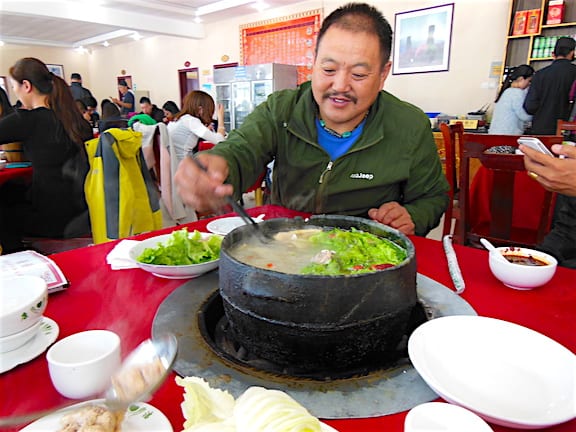
Lulang Primitive Forest
Our journey the next day to the Lulang Primitive Forest was exciting. Our Land Rover precariously climbed the side of a mountain road and eventually reached an altitude of around 15,000 feet (4000 m). I became a little sluggish at this altitude, but my wife was doing fine. Both of us were amazed at the abundance of Tibetan prayer flags that dotted the landscape. Every stream and mountain pass seemed to sway with flowing red, yellow, blue, green, and white pieces of cloth. We saw only a small portion of Lulang Forest.
The main entrance road was pitted with potholes and craters, so it was difficult to travel far into the park. I am sure that the valleys and peaks of the forest were excellent for hiking and camping We simply did not have the time or energy to explore much on foot. During our journey, we saw an abundance of pilgrims and adventure seekers biking the mountain roads up to the 15,000 foot passes. It was inspiring watching them, and I was impressed at the stamina it must have taken to complete this journey. My favorite memories of Lulang Forest were enjoying a local chicken hot pot dinner at a village near the park entrance and shooting arrows at targets with the local Tibetans. All in all, it was a great start to our adventure.

Basum Tso Lake
Our second day proved to be just as interesting. Our early morning goal was Basum Tso Lake, known for its high altitude and a beautiful temple that sits on an island in the lake.
The drive there was breath-taking but slow. The Chinese in Tibet have imposed tough travel restrictions on speed and access to various roads. As an example, there were many checkpoints along our route. Our driver had to get a pass stamped at the first checkpoint and then proceed to the next checkpoint. Drivers are allotted a certain amount of time to reach each checkpoint, but they cannot enter before their allotted time or they are ticketed for speeding. The logic was that if you reached the next checkpoint too quickly, you must have been speeding. Unfortunately, the mandated times dictated incredibly slow speeds. Often we arrived at the next checkpoint well ahead of our allotted time, so we had to sit by the side of the road and wait before we could pass through the next checkpoint.

We eventually made it to Basum Tso Lake. It was just as beautiful as it was described to us. Like many national parks in China, we had to park our car at the entrance and take buses around to the sites in the park. The lake was pristine and surrounded by snow-covered mountains.
The main attraction at the lake was Tashi Island, which was home to a small Nyingma temple. Even though this area was touristy, it was still very scenic. We explored many pathways on the island that provide beautiful vistas of the nearby snow-covered mountains. Every winding trail was turned into a maze by an abundance of Tibetan prayer flags.
On the way back from the island, we saw some speed boats and decided to take a tour of the lake. This was well worth the time and money. Our boat glided throughout the lake and eventually visited the shrine of a monk that was located in a cave near the shoreline. In all, we spent about an hour riding around the lake.
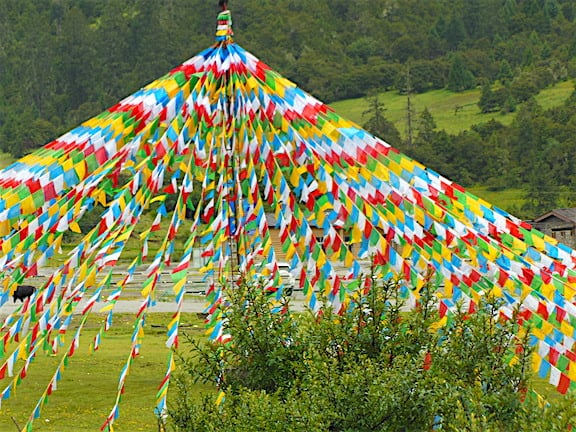
Getting to Lhasa
After this, it was time for lunch and our drive to Lhasa. We were fascinated by the local scenic beauty and surprised by modern apartment complexes rising in almost every major town we passed through. Lunch was at a small Chinese restaurant in a small city along the way. I ate a simple meal because I knew that if I got ill there would be no modern conveniences along the drive route. I was also aware that sanitation standards in rural China are very different than in the United States.
After lunch, we began our journey to Lhasa. It turned out to be a long journey. We were told that the distance of 250 – 300 km would take about 6 hours. In fact, it took about 15 hours. The scenery was breathtaking, but the journey was mentally and physically tough.
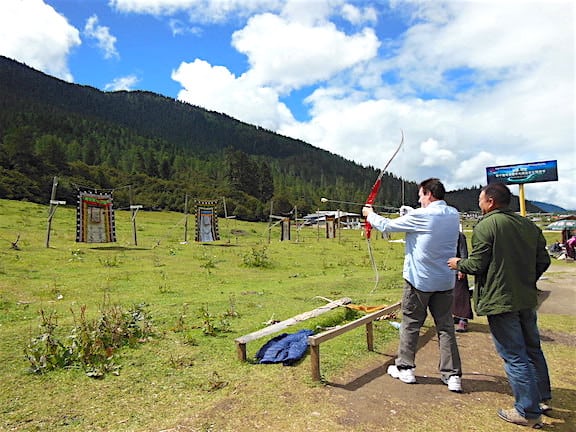
Was this a great way to get to Lhasa? Well, yes and no. The journey to get there was exhausting.
There is no underestimating the Chinese bureaucracy. The travel restrictions on the road and the absolute manufactured chaos at the checkpoints were beyond the mental tolerance of an average normal, sane person.
Drivers were badly behaved and the mountain roads were never built for the truck traffic that perilously careens up and down them each day. When we got to Lhasa late at night, the illuminated Potala Palace looked like a mirage rising up from the mountains. It didn’t seem real. It was magical and we remarked that it seemed like we were arriving at a fairy tale kingdom. This little nugget of awe was the jewel we were looking for all day.
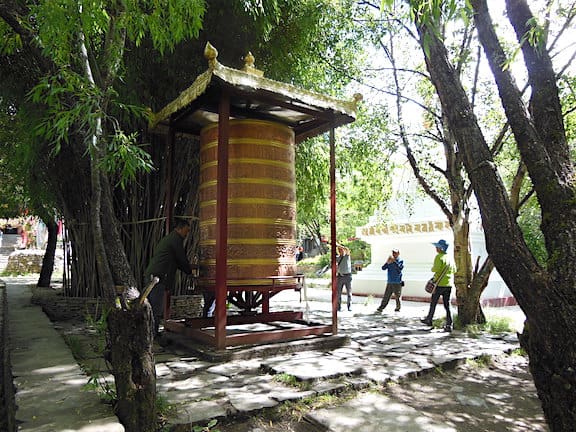
Did our clever altitude adjustment plan work? Not really. On our second day in Lhasa (our fourth day in Tibet), my wife became ill with altitude sickness and eventually had to receive an oxygen treatment at a city hospital. She spent the rest of her journey in bed recovering. I, on the other hand, experienced virtually no effects of the altitude and eventually traveled to a snow-covered mountain pass that peaked at 16,700 feet (5109 m).

Conclusion
Our trip to Tibet was something we will always cherish, for many reasons. For one, it was a challenge, and we were thrilled that we got to see a part of Tibet that few Westerners experience. We also learned that Eastern Tibet will change drastically over the next few years.
The Chinese are in the process of totally transforming the Lhasa River Valley. Already the rivers are dammed with hydro-electric projects and massive metal towers with power lines run along the steep sides of the river valley walls. In many places, there were up to four rows of towers and power lines on each side of the valley.
Furthermore, the Chinese government will soon complete a modern four-lane highway in 2016 that will wind through the middle of the Lhasa River Valley like a concrete ribbon. This will forever change the look and flow of traffic through Tibet. Progress is marching forward like a high-speed train through every area of China. Tibet will never be the same, and this area will experience a flood of domestic tourists. Tibet is truly a treasure worth exploring, and I am really happy that I had the opportunity to experience a small part of its natural beauty of this mountain paradise before the modern world transforms it with concrete and steel.

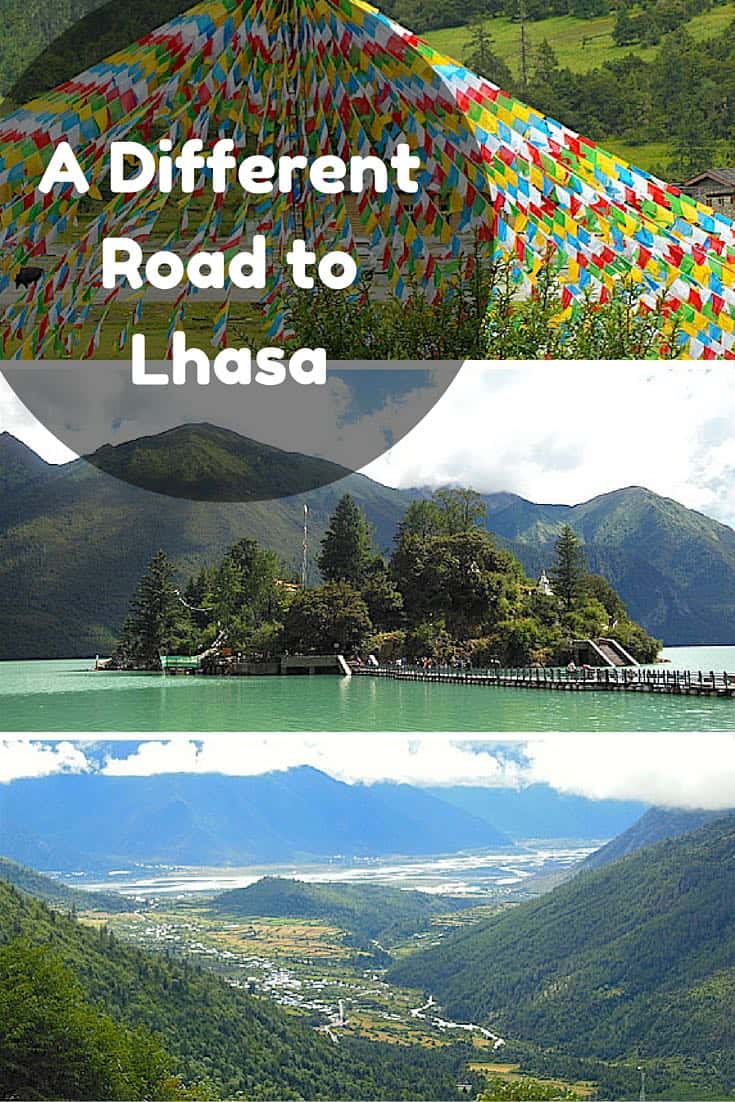

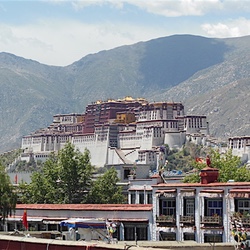 Things to do in Lhasa, Tibet – Visiting the Roof of the World
Things to do in Lhasa, Tibet – Visiting the Roof of the World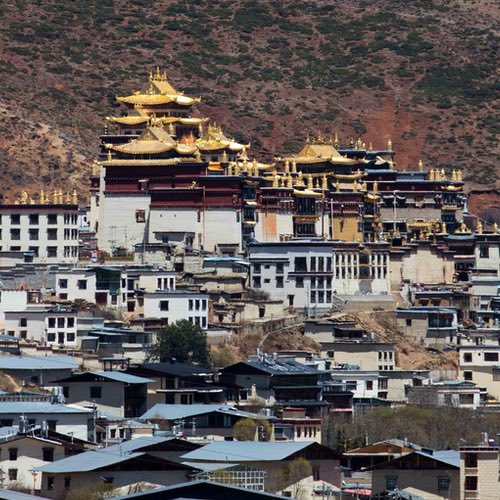 Tibetan Culture in Sichuan, Yunnan, and Qinghai: Tibet Without the Hassle
Tibetan Culture in Sichuan, Yunnan, and Qinghai: Tibet Without the Hassle Travel to Tibet – Episode 528
Travel to Tibet – Episode 528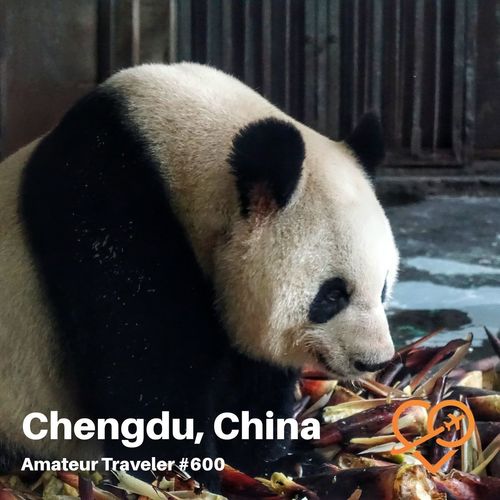 Travel to Chengdu, China – Episode 600
Travel to Chengdu, China – Episode 600
